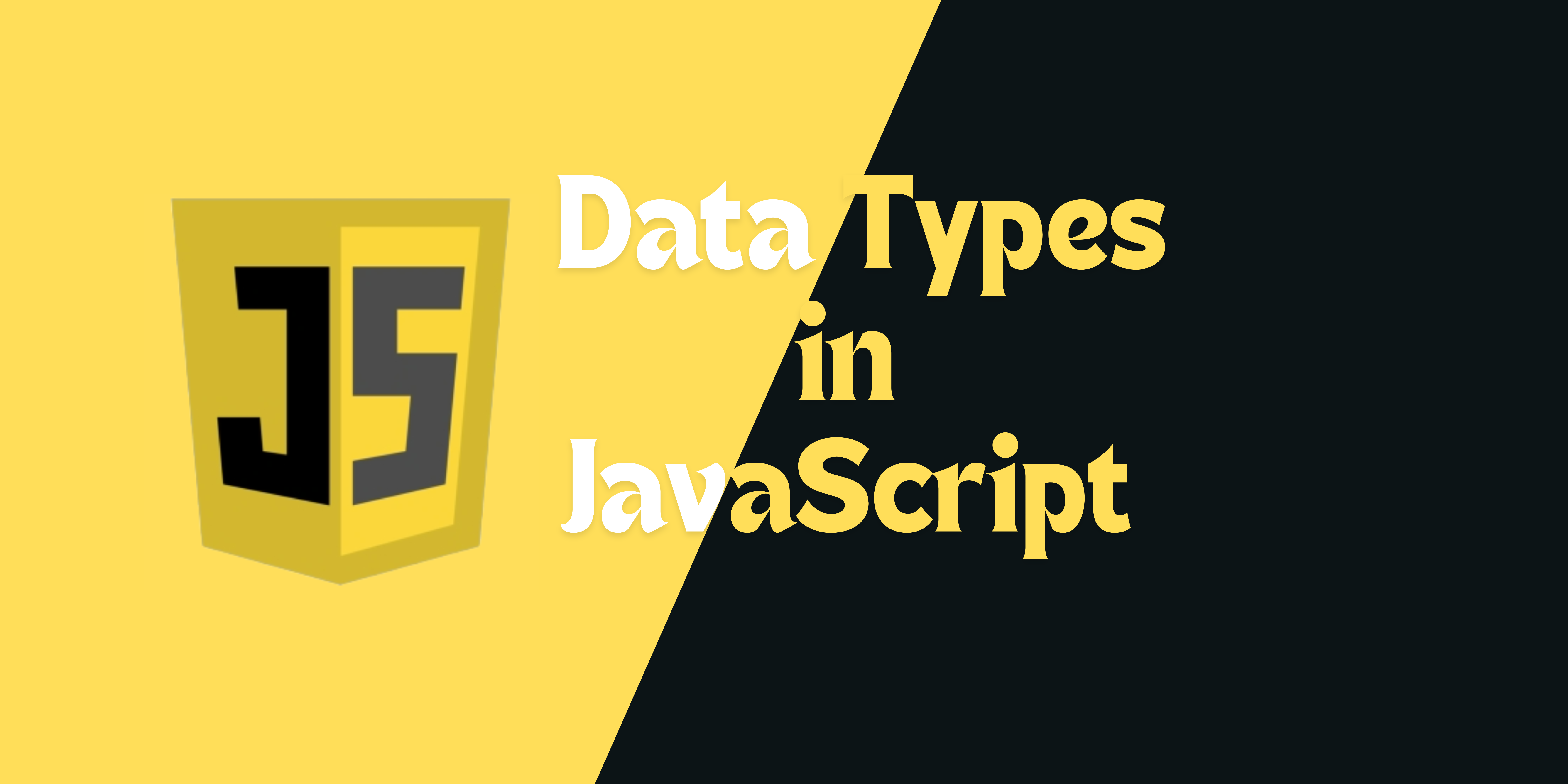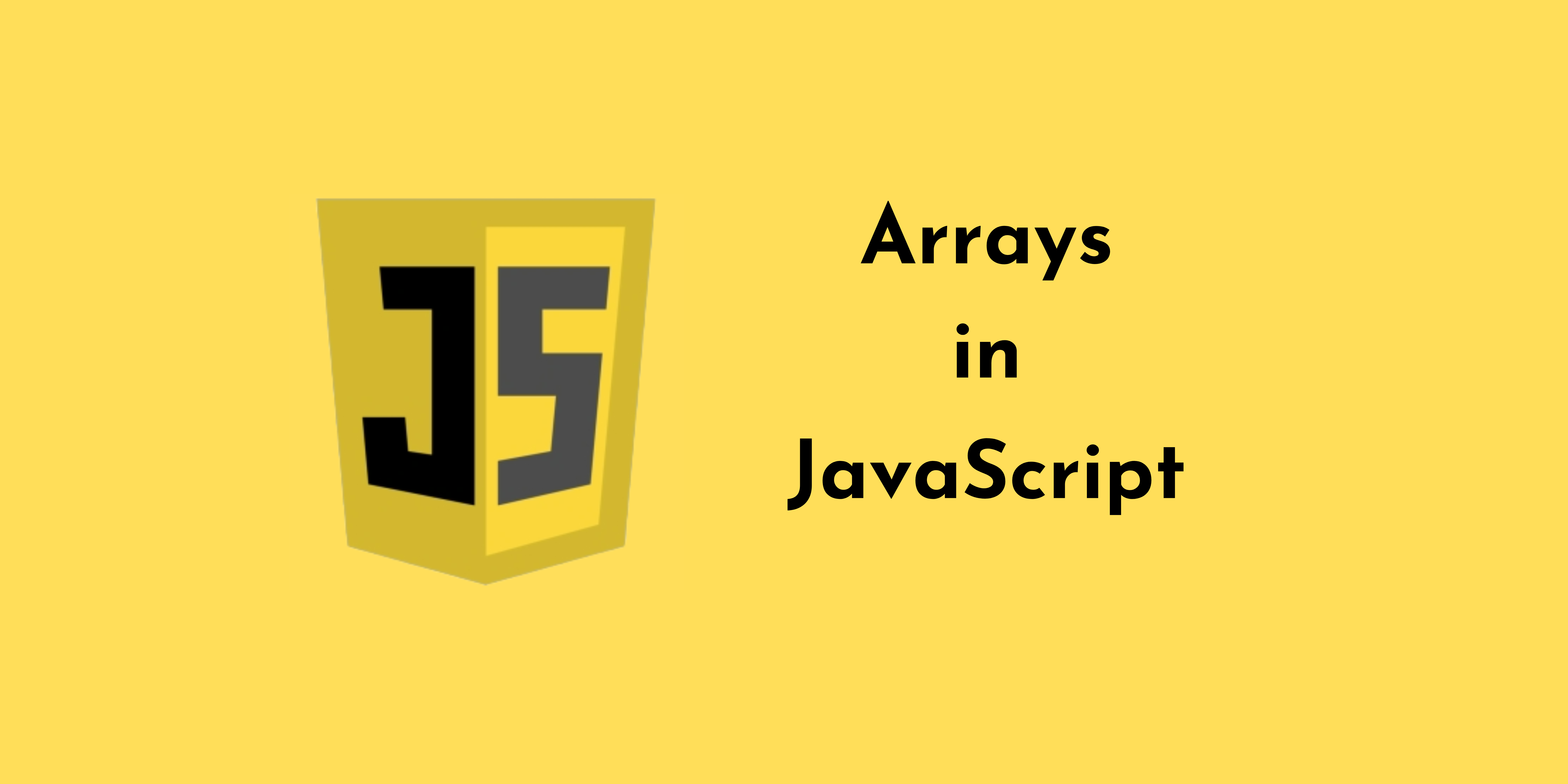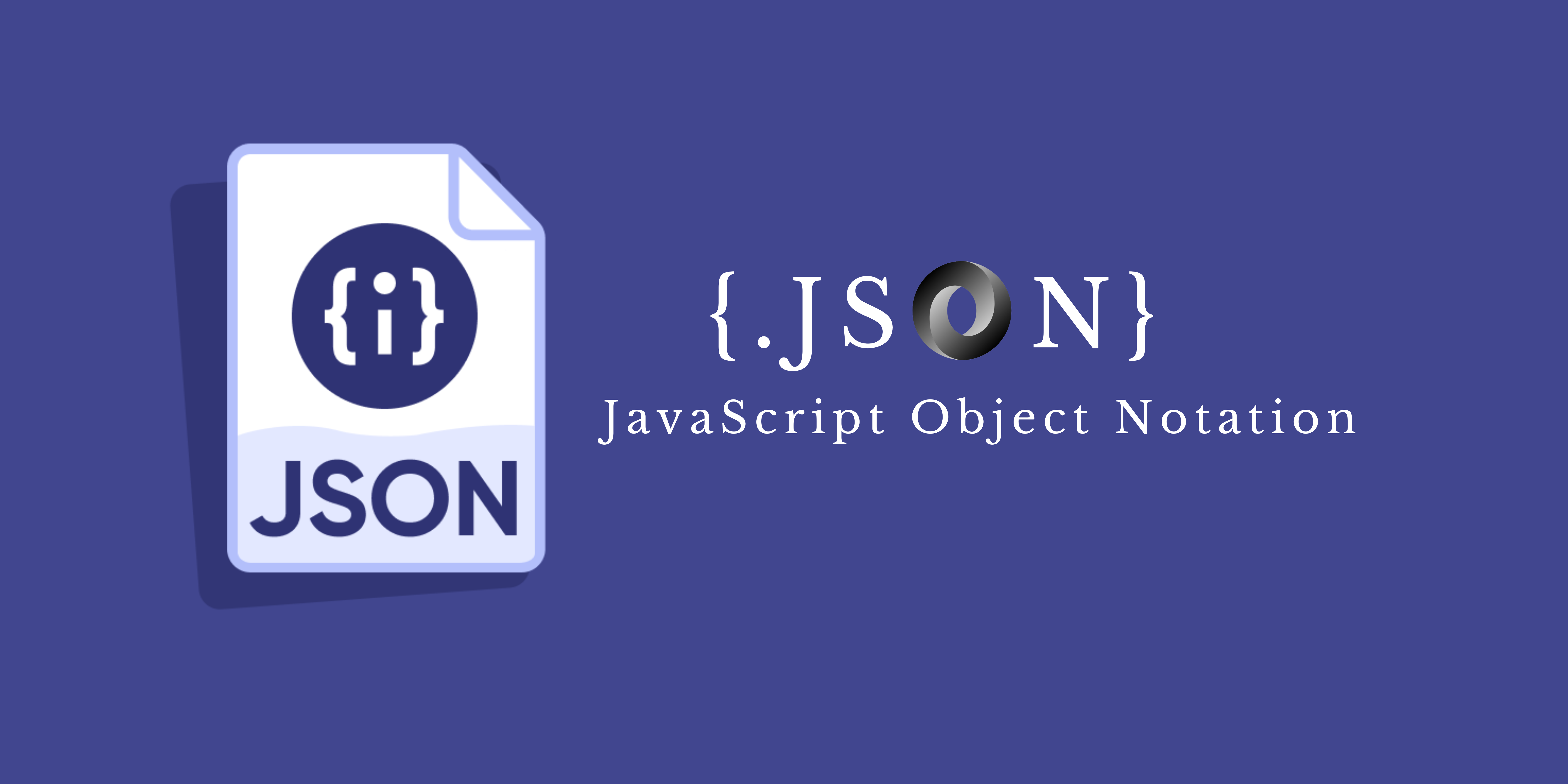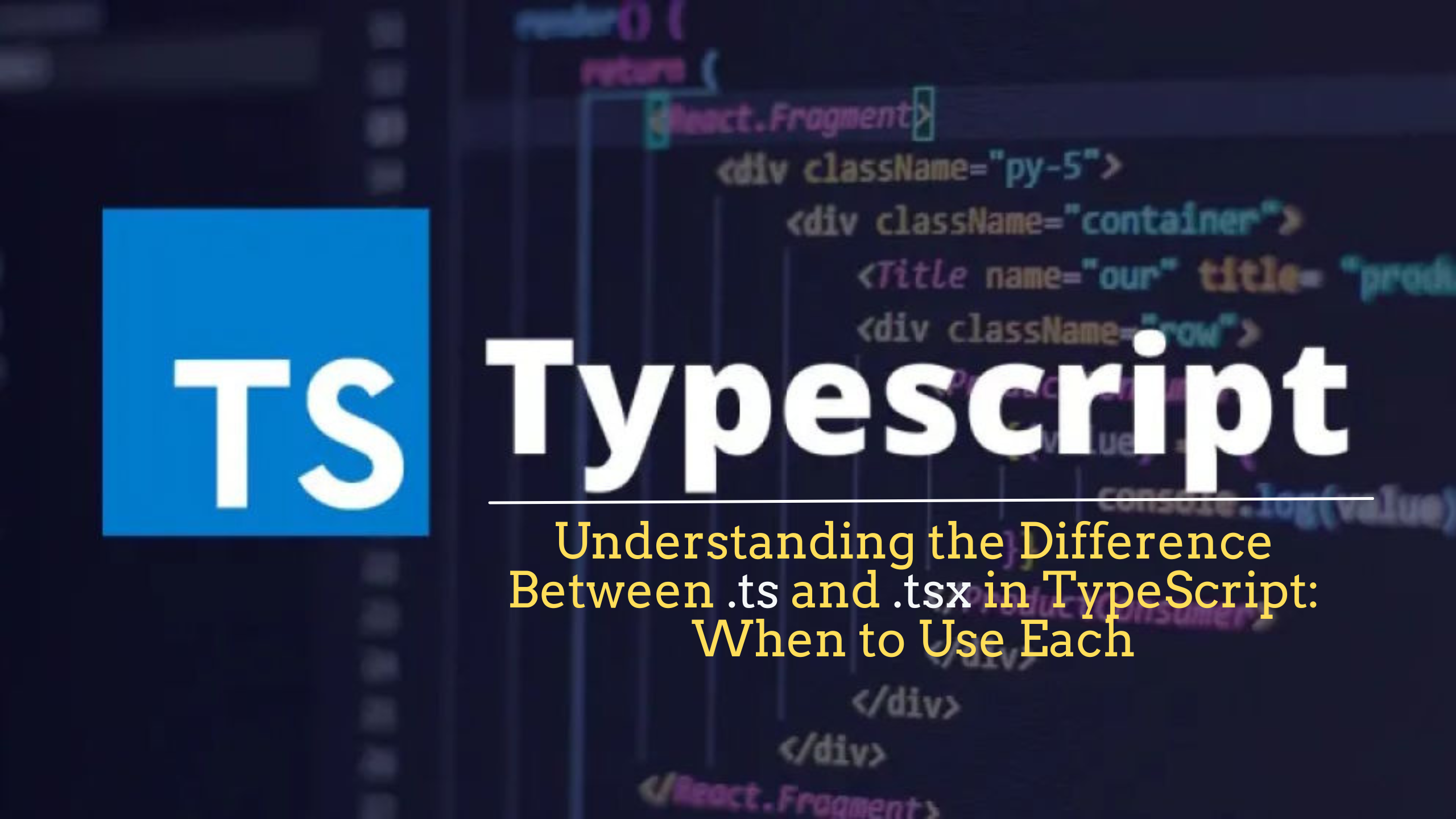📝My Blogs

History of Java Programming Language
Java is a high-level, object-oriented programming language. It is designed to minimize implementation dependencies.
Read More
The History of Javascript
The article is about the history of JavaScript. JavaScript is a versatile, high-level programming language commonly used in web development to add interactivity to websites.
Read More
JavaScript Data Types
As we know JavaScript is a versatile Dynamically typed language. In JavaScript, data types are divided into two main categories: primitive types and non-primitive types (objects).
Read More
Control Structure in JavaScript
Control structures in JavaScript are fundamental building blocks that control the flow of execution in a program. They include conditionals, loops, and error-handling mechanisms.
Read More
Functions in JavaScript
Functions are nothing but one of the core building blocks in JavaScript. They are reusable blocks of code that perform a specific task and can be called multiple times throughout your program.
Read More
Linear Search in Java (Part-1)
Linear search, also known as sequential search, is a simple searching algorithm used to find a specific element in a list or array.
Read More
Linear Search in Java (Part 2)
Linear Search in more depth Such as Implementation Questions, Application Questions, Optimization and Analysis Questions, Theoretical Questions, Code Tracing and Debugging Questions.
Read More
Array in Javascript
Arrays are nothing but a collection of elements that can be accessed by index. In JavaScript, arrays are dynamic, meaning they can grow and shrink in size and hold any type of data
Read More
What is JSON and JSON.stringify() method
JSON (JavaScript Object Notation) is a lightweight, easy-to-read format for data interchange. It uses a syntax similar to JavaScript objects and arrays and is widely supported across different programming languages.
Read More
All About Docker for absolute beginner
Docker is a tool that helps you package your web application (along with everything it needs to run, like libraries, dependencies, and configurations) into something called a container.
Read More
Architecture of Docker
Docker's architecture is fascinating and foundational for understanding how it operates. At a high level, Docker follows a client-server architecture, where the client communicates with the Docker daemon to build, run, and manage containers.
Read More
Computer Networking Systems
A computer network is a group of computers and other devices (like phones, routers) connected to each other, allowing them to communicate and share data. The Internet is the largest example of a network.
Read More
What makes NextJS projects different from simple ReactJS project
Next.js provides a lightweight solution for building dynamic and static web applications, leveraging React’s capabilities. Its integration with Babel and Webpack offers an efficient out-of-the-box solution for server-side rendering of React components.
Read More
Difference between the traditional pages directory and the src/app directory in Next.js?
The current stable version of Next.js is Next.js 15, which was officially released in late 2024. In Next.js, the introduction of the src/app directory marks a shift from the traditional pages directory, bringing new features and concepts.
Read More
Debugging Tailwind CSS in My TypeScript Next.js Project
When building a TypeScript-based Next.js project, I encountered a frustrating issue: Tailwind CSS wasn’t working. I spent three days trying to debug the problem, only to discover a simple misconfiguration.
Read More
Added Packages, Audits, and Funding Requests
Auditing is an essential part of modern software development that ensures the security and reliability of the third-party code you depend on. Withnpm audit, you can identify vulnerabilities in your dependencies.
Read More
Unlocking the Secrets of the .next Folder in Next.js
The .next folder is an auto-generated directory that serves as the backbone of Next.js's build and runtime processes. It is created whenever you start the development server (npm run dev) or build your application for production (npm run build).
Read More
Understanding the Difference Between .ts and .tsx
.ts is used for TypeScript files that do not contain JSX (e.g., utility functions, type definitions, backend logic). .tsx is used for TypeScript files that include JSX syntax, typically when working with React components, where JSX is mixed with TypeScript code.
Read More
Metaverse marketplace development - process and cost
In today's fast-paced digital world, you've probably heard the word &qout;metaverse" buzzing around. But what is it really? Think of it as a 3D virtual space—a place where you can hang out with friends, work, explore, and even shop, all through a digital version of yourself.
Read More